How to Fix Common Heater Ignition Problems: | A Homeowner's Guide
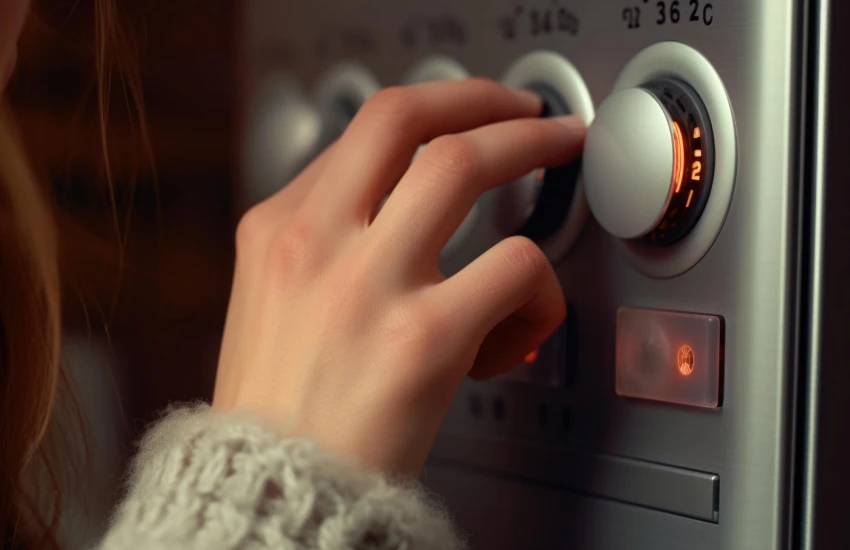
This detailed guide walks you through common heater ignition problems and their solutions. From identifying ignition failure causes to proper maintenance techniques, we provide actionable steps for maintaining your heater’s ignition system. Learn warning signs, safety measures, and when professional help is necessary.
How to Fix Common Heater Ignition Problems: A Homeowner’s Guide
When your heater won’t start, a few things are more frustrating. Ignition problems are among the most common heating issues homeowners face, especially during cold weather when you need your system most. Understanding what’s going on with your heater’s ignition system can help you determine whether it’s a simple fix or time to call a professional.
Your fridge is a kitchen superstar as it keeps all your food fresh and drinks cold.
But does the fridge feel warm when you open it?
Is there water all over the floor?
Fridge issues are the worst!
Understanding Your Heater’s Ignition System
Modern heaters use several different types of ignition systems, and knowing which type you have is the first step in addressing any problems. The most common type is the standing pilot light, which maintains a small flame continuously. Newer systems often use electronic ignition methods, including intermittent pilot, hot surface ignition, or direct spark ignition. Each system has its own quirks and common issues, but they all serve the same purpose: safely igniting your heater when needed.
Common Ignition Problems and Their Causes
Most ignition failures stem from a handful of common issues. Dirty components are often the primary culprit – dust and debris can block the gas flow or prevent proper ignition. Faulty thermocouples, another frequent problem, fail to detect the pilot flame and shut off gas flow as a safety measure. Gas supply issues, while less common, can also prevent proper ignition.
Key warning signs include:
- Clicking sounds without ignition
- The pilot light repeatedly goes out
- Delayed system response
- Unusual odors during startup
Safety First: Before You Begin
Working with heating systems requires careful attention to safety. Before attempting any repairs, always turn off both the gas supply and electrical power to the unit. Ensure you’re working in a well-ventilated area and have proper tools on hand. If at any point you smell gas or feel uncertain about the repair, stop immediately and contact a professional.
Diagnosing the Problem
Start by paying attention to how your system is failing. Does it make clicking sounds but never ignite? Or does it ignite briefly and then shut off? These symptoms can point to specific problems. Keep track of any patterns you notice, including times of day when issues occur or any unusual sounds or smells. This information can be valuable whether you’re fixing the problem yourself or calling a professional.
Simple Fixes You Can Try
Many ignition problems have straightforward solutions that homeowners can handle safely. First, try cleaning the pilot opening if you have a standing pilot light. Check the position of the thermocouple – it should be in direct contact with the pilot flame. Often, simply cleaning components and ensuring proper positioning can resolve ignition issues.
Basic troubleshooting steps:
- Clean pilot opening and surrounding area
- Check and adjust the thermocouple position
- Verify gas supply is fully on
- Test system reset function
When to Call a Professional
While some fixes are DIY-friendly, certain situations require professional attention. Any time you smell gas or notice electrical issues, it’s time to call an expert. Similarly, if you’ve tried basic troubleshooting and the problem persists, professional help is your best bet. Modern heating systems are complex, and attempting repairs beyond your expertise can be dangerous and potentially costly.
Maintenance Tips to Prevent Issues
Prevention is always better than repair. Regular maintenance can help avoid most ignition problems before they start. Schedule annual professional inspections before the heating season begins. Keep the area around your heater clean and free of dust and debris. Pay attention to any changes in how your system operates – catching problems early often means simpler, less expensive repairs.
Understanding the Repair Process
When professional repairs are needed, knowing what to expect helps you make informed decisions. A qualified technician will first diagnose the specific problem through testing and inspection. They’ll then explain the required repairs and any options you might have. Repairs might involve cleaning components, replacing faulty parts, or adjusting system settings.
Cost Considerations
The cost of ignition system repairs varies widely depending on the problem and your type of system. Simple cleaning or adjustment might be relatively inexpensive while replacing major components can be more costly. Your technician should provide a clear explanation of needed repairs and associated costs before beginning work.
Signs of Serious Problems
Some issues indicate potentially dangerous situations that require immediate attention. If you notice yellow or orange flames instead of blue, soot around vents, or your carbon monoxide detector activates, exit your home and call for professional help immediately. Strange burning smells or loud banging noises during startup also warrant prompt professional attention.
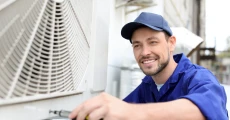
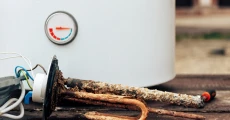

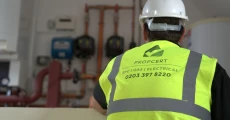
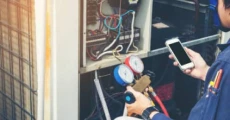
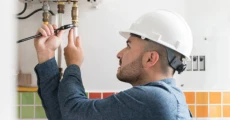

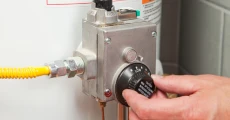
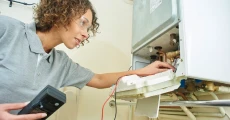
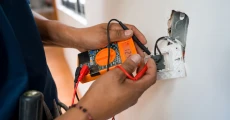
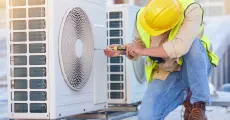
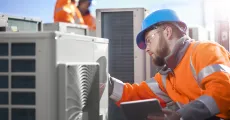
Takeaway
Understanding your heater’s ignition system and recognizing common problems can help you make informed decisions about repairs. While some issues can be resolved with simple maintenance, others require professional expertise.
At CLT Appliance Repair, our certified technicians specialize in all types of heater ignition systems. We provide fast, reliable heating repair charlotte nc service to get your heat back on quickly and safely. Don’t let ignition problems leave you in the cold – contact us for expert diagnosis and repairs, backed by our satisfaction guarantee.
FAQs
Common causes include dirty components, faulty thermocouples, or draft issues. Regular cleaning and maintenance can prevent most pilot light problems.
Annual professional inspections are recommended, typically before the heating season begins.g elit. Ut elit tellus, luctus nec ullamcorper mattis, pulvinar dapibus leo.
Clicking is normal during startup, but continuous clicking without ignition usually indicates a problem with the ignition system or gas supply.
While it can be safe if done properly, always follow manufacturer instructions, and don’t hesitate to call a professional if you’re unsure.
This could indicate a weak ignitor, dirty sensor, or gas supply issues. If it persists, have it professionally inspected to prevent potential damage.
Don't let a malfunctioning Heater disrupt your daily life. Contact CLT Appliance Repair today at 704-606-9043 to schedule your Heater repair service.
We'll have your Heater back to optimal performance in no time!
Dryer Repair Charlotte NC | Washing Machine Repair Charlotte NC | Refrigerator Repair Charlotte NC | Microwave Oven Repair Charlotte NC | Freezer Repair Charlotte NC | Dryer Vent Cleaning Charlotte NC | Dishwasher Repair Charlotte NC | Cooktop Repair Charlotte NC | Stove Repair Charlotte NC | Charlotte Ice Maker Repair | Garbage Disposal Repair Charlotte NC | Plumbing Repair Charlotte NC | Water Heater Repair Charlotte NC
Admiral Appliance Repair | Amana Appliance Repair | Bosch Appliance Repair | Electrolux Appliance Repair | Frigidaire Appliance Repair | General Electric Appliance Repair | Haier Appliance Repair | Hotpoint Appliance Repair | Jenn-Air Appliance Repair | Kenmore Appliance Repair | KitchenAid Appliance Repair | LG Appliance Repair | Magic Chef Appliance Repair | Maytag Appliance Repair | Roper Appliance Repair | Samsung Appliance Repair | Speed Queen Appliance Repair | Whirlpool Appliance Repair | Dacor Appliance Repair | Viking Appliance Repair | Thermador Appliance Repair | Sub-Zero Appliance Repair | Wolf Appliance Repair | Monogram Appliance Repair | Bertazonni Appliance Repair | BlueStar Appliance Repair | Thor Appliance Repair | Miele Appliance Repair | Cafe Appliance Repair | GE Appliance Repair
Freezer Repair Indian Land SC | Freezer Repair Indian Trail NC | Freezer Repair Pineville NC | Freezer Repair Rock Hill SC | Freezer Repair Belmont NC | Freezer Repair Matthews NC | Freezer Repair Lancaster SC | Freezer Repair Cornelius NC | Freezer Repair Fort Mill SC | Freezer Repair Concord NC | Freezer Repair Denver NC | Freezer Repair Monroe NC | Freezer Repair Mooresville NC | Freezer Repair Harrisburg NC | Freezer Repair Lake Wylie SC | Freezer Repair Huntersville NC | Freezer Repair Kannapolis NC | Freezer Repair Mint Hill NC | Freezer Repair Waxhaw NC | Freezer Repair Troutman NC | Freezer Repair Davidson NC | Freezer Repair Gastonia NC | Freezer Repair Charlotte NC

